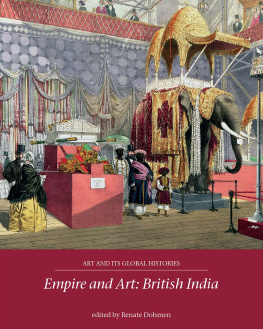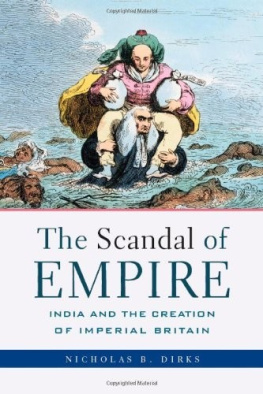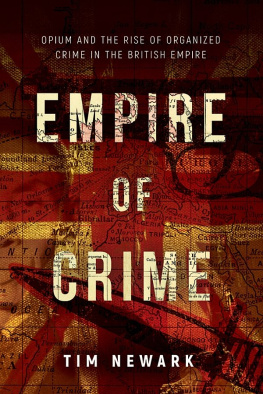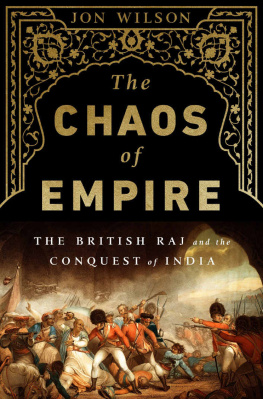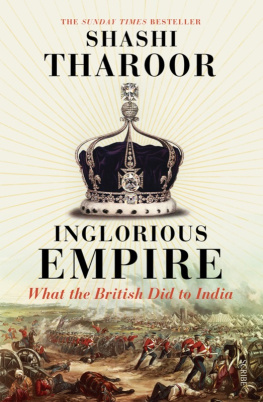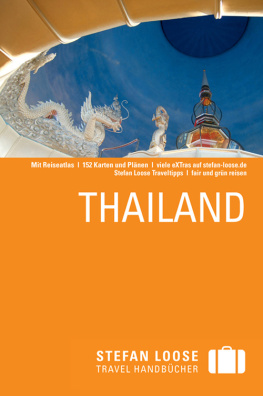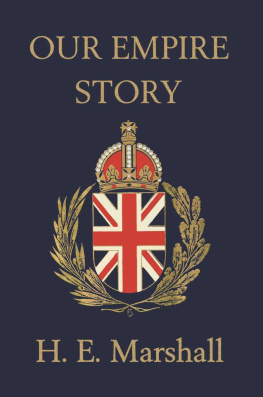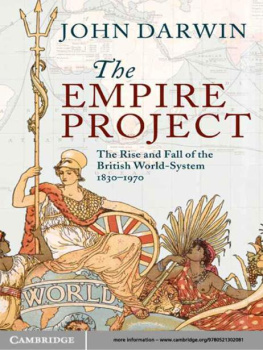Renate Dohmen - Empire and Art: British India
Here you can read online Renate Dohmen - Empire and Art: British India full text of the book (entire story) in english for free. Download pdf and epub, get meaning, cover and reviews about this ebook. year: 2018, publisher: Manchester University Press, genre: Art. Description of the work, (preface) as well as reviews are available. Best literature library LitArk.com created for fans of good reading and offers a wide selection of genres:
Romance novel
Science fiction
Adventure
Detective
Science
History
Home and family
Prose
Art
Politics
Computer
Non-fiction
Religion
Business
Children
Humor
Choose a favorite category and find really read worthwhile books. Enjoy immersion in the world of imagination, feel the emotions of the characters or learn something new for yourself, make an fascinating discovery.
- Book:Empire and Art: British India
- Author:
- Publisher:Manchester University Press
- Genre:
- Year:2018
- Rating:4 / 5
- Favourites:Add to favourites
- Your mark:
- 80
- 1
- 2
- 3
- 4
- 5
Empire and Art: British India: summary, description and annotation
We offer to read an annotation, description, summary or preface (depends on what the author of the book "Empire and Art: British India" wrote himself). If you haven't found the necessary information about the book — write in the comments, we will try to find it.
Empire and Art: British India — read online for free the complete book (whole text) full work
Below is the text of the book, divided by pages. System saving the place of the last page read, allows you to conveniently read the book "Empire and Art: British India" online for free, without having to search again every time where you left off. Put a bookmark, and you can go to the page where you finished reading at any time.
Font size:
Interval:
Bookmark:

Empire and Art: British India
This book forms part of the series Art and its Global Histories published by Manchester University Press in association with The Open University. The books in the series are:
European Art and the Wider World 13501550, edited by Kathleen Christian and Leah R. Clark
Art, Commerce and Colonialism 16001800, edited by Emma Barker
Empire and Art: British India, edited by Renate Dohmen
Art after Empire: From Colonialism to Globalisation, edited by Warren Carter
Art and its Global Histories: A Reader, edited by Diana Newall
Empire and Art: British India
Edited by Renate Dohmen

Published by Manchester University Press
Altrincham Street, Manchester M1 7JA
www.manchesteruniversitypress.co.uk
in association with
The Open University, Walton Hall, Milton Keynes MK7 6AA www.open.ac.uk
First published 2017
Copyright 2017 The Open University
All rights reserved. No part of this publication may be reproduced, stored in a retrieval system, transmitted or utilised in any form or by any means, electronic, mechanical, photocopying, recording or otherwise, without written permission from the publisher or a licence from the Copyright Licensing Agency Ltd. Details of such licences (for reprographic reproduction) may be obtained from the Copyright Licensing Agency Ltd, Barnards Inn, 86 Fetter Lane, London, EC4A 1EN (website www.cla.co.uk).
This publication forms part of the Open University module Art and its global histories (A344). Details of this and other Open University modules can be obtained from Student Recruitment, The Open University, PO Box 197, Milton Keynes MK7 6BJ, United Kingdom (tel. +44 (0)300 303 5303; email ).
Edited and designed by The Open University
Typeset by The Open University
British Library Cataloguing-in-Publication Data
A catalogue record for this book is available from the British Library
Library of Congress Cataloging-in-Publication Data applied for
ISBN 978 1 5261 2294 0 (paperback)
ISBN 978 1 5261 2295 7 (ebook)
The publisher has no responsibility for the persistence or accuracy of URLs for any external or third-party internet websites referred to in this book, and does not guarantee that any content on such websites is, or will remain, accurate or appropriate.
This is the third of four books in the series Art and its Global Histories, which together form the main texts of an Open University Level 3 module of the same name. Each book is also designed to be read independently by the general reader. The series as a whole offers an accessible introduction to the ways in which the history of Western art from the fourteenth century to the present day has been bound up with cross-cultural exchanges and global forces.
Each book in the series explores a distinct period of this long history, apart from the present book, Empire and Art: British India, which focuses on the art and visual culture of the British Empire, with particular reference to India. This book offers an in-depth study of the artistic interactions between Britain and India as part of the colonial encounter across the visual spectrum, exploring painting, printmaking, design, photography and architecture by British and Indian practitioners.
All of the books in the series include teaching elements. To encourage the reader to reflect on the material presented, each chapter contains short exercises in the form of questions printed in bold type. They are followed by discursive sections, the end of which is marked by  .
.
The four books in the series are:
European Art and the Wider World 13501550, edited by Kathleen Christian and Leah R. Clark
Art, Commerce and Colonialism 16001800, edited by Emma Barker
Empire and Art: British India, edited by Renate Dohmen
Art after Empire: From Colonialism to Globalisation, edited by Warren Carter.
There is also a companion reader:
Art and its Global Histories: A Reader, edited by Diana Newall.
Oh, East is East and West is West, and never the twain shall meet is the first line of Rudyard Kiplings poem The Ballad of East and West, which was first published in 1889 in The Pioneer, an English-language newspaper based in the north Indian city of Allahabad, which circulated across the subcontinent. Widely considered to be the greatest chronicler of the British Empire, Kipling was born in Britains colonial territories on the Indian subcontinent, then known as British India, in 1865. Only a few years earlier, in 1858, the British Crown had taken over formal control of these territories from the English East India Company, which had been trading on the subcontinent since the seventeenth century. The British continued to rule India right up until 1947 when the colony gained independence. The period from 1858 to 1947, often referred to as the Raj, will be the main focus of this book.
It is hardly surprising that Kiplings poem begins by asserting an unbridgeable gulf. At the time, the overwhelming concern of Britons living in India was to retain their distinct identity by keeping their distance from Indian society and culture, which they regarded as racially inferior and morally corrupting. What is more surprising perhaps is that Kiplings ballad evolves into an unlikely story of friendship and respect between an Afghan horse thief and a British soldier that transcends the differences of their backgrounds. The poem thereby hints that the aloof British stance did not altogether tally with the realities of colonial life. British households in India, for example, required a substantial number of native servants, giving rise to close interaction with Indians in the domestic environment. This kind of intimate contact is demonstrated in a lithograph by the renowned amateur artist Charles DOyly, which shows British diners surrounded by a throng of Indian servants (). Moreover, Indian culture increasingly reached Britain, thereby becoming integral to British life.
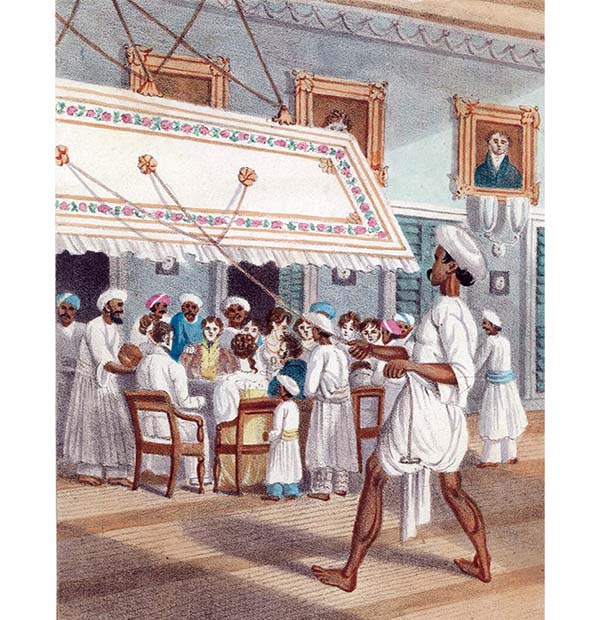
Plate 0.1 Charles DOyly, Punkah Wallah, c.1840, lithograph. Photo: Chronicle/Alamy.
During the nineteenth century it became common for British households to be decorated with Indian artefacts and families began to adopt Indian dishes such as curry. They were largely introduced to Britain by memsahibs, as British women living in India were called, on return visits home, even though colonial prejudices meant that they shunned such artefacts and dishes when in India., this motif had come to prominence in Britain during the late eighteenth century through shawls imported from Kashmir, or Cashmere as it was then spelled in English, and was further popularised and adapted in the nineteenth century through their cheaper British-made imitations from the Scottish town of Paisley.
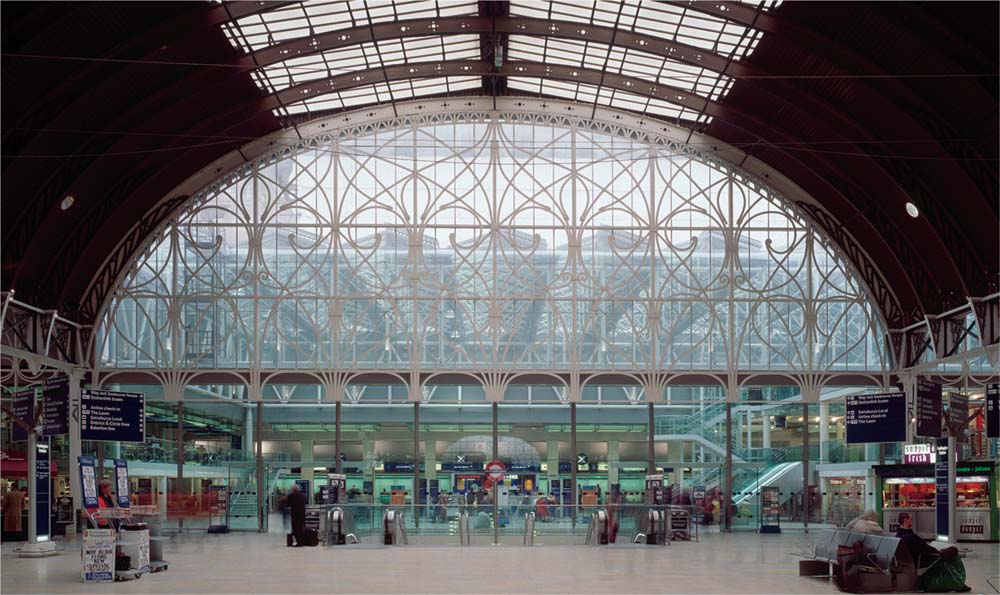
Plate 0.2 Matthew Digby Wyatt (architect), decorative wrought ironwork at Paddington Station, London, c.185053. Photo: VIEW Pictures Ltd/Alamy.
Font size:
Interval:
Bookmark:
Similar books «Empire and Art: British India»
Look at similar books to Empire and Art: British India. We have selected literature similar in name and meaning in the hope of providing readers with more options to find new, interesting, not yet read works.
Discussion, reviews of the book Empire and Art: British India and just readers' own opinions. Leave your comments, write what you think about the work, its meaning or the main characters. Specify what exactly you liked and what you didn't like, and why you think so.

